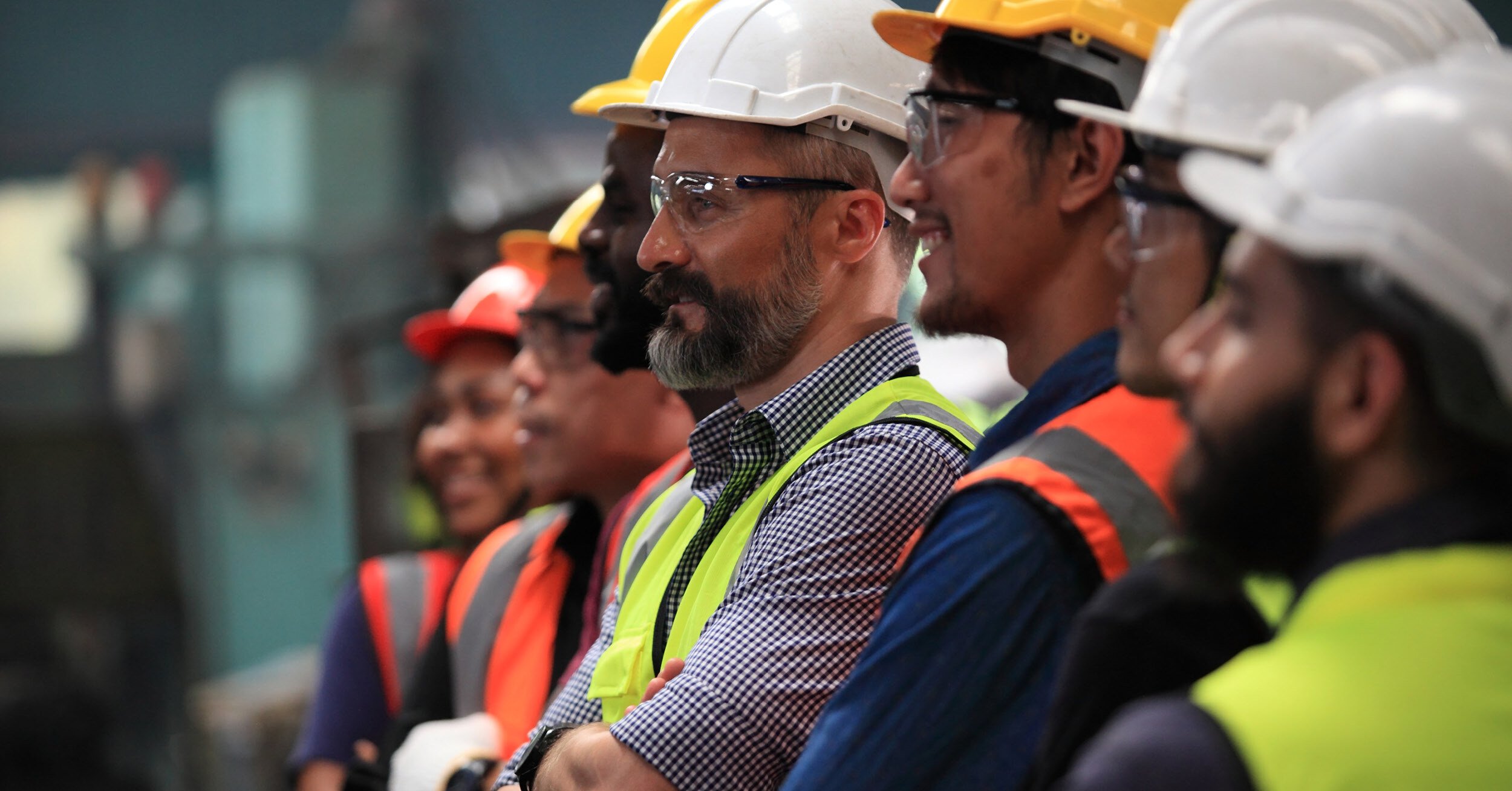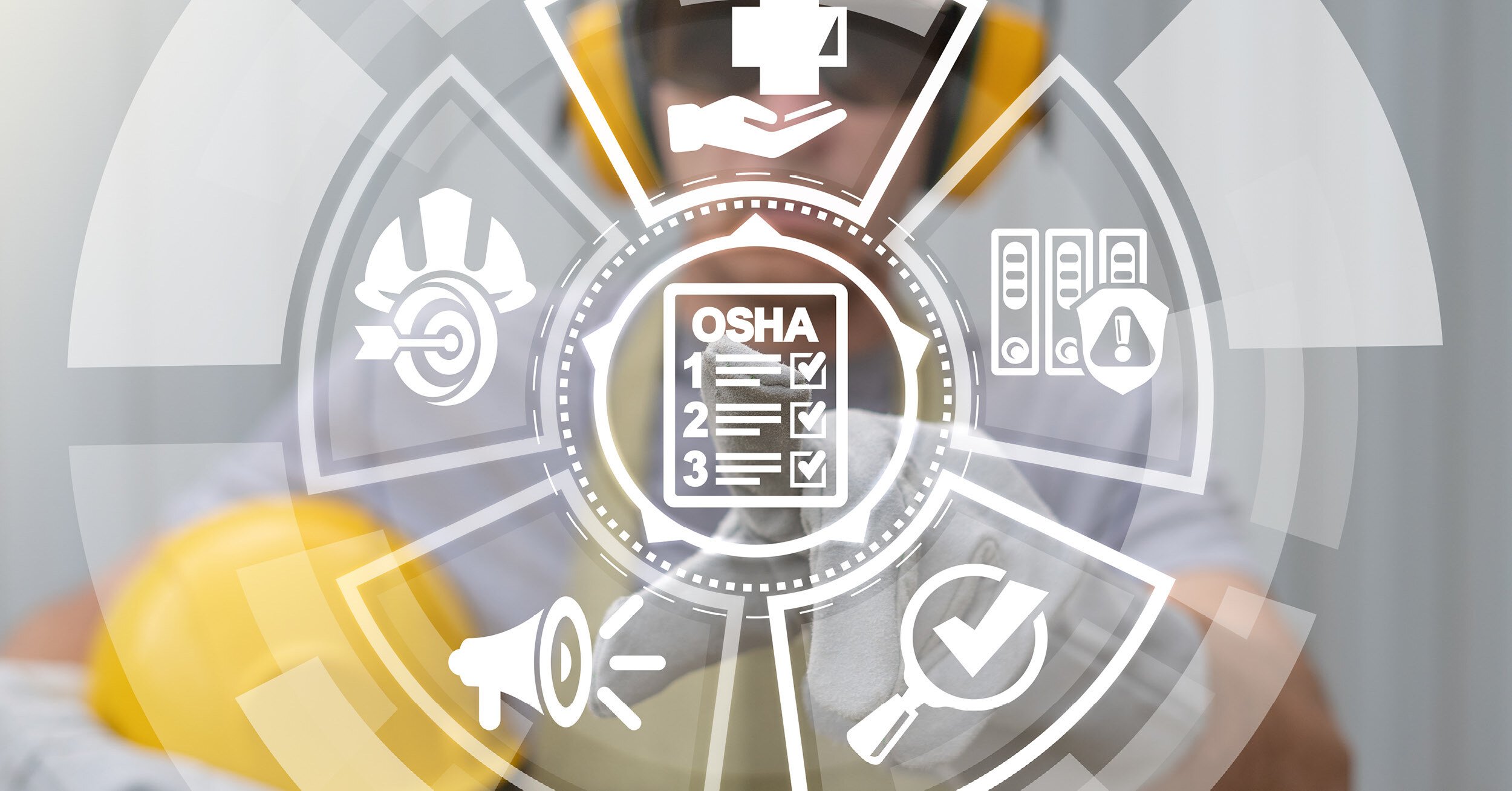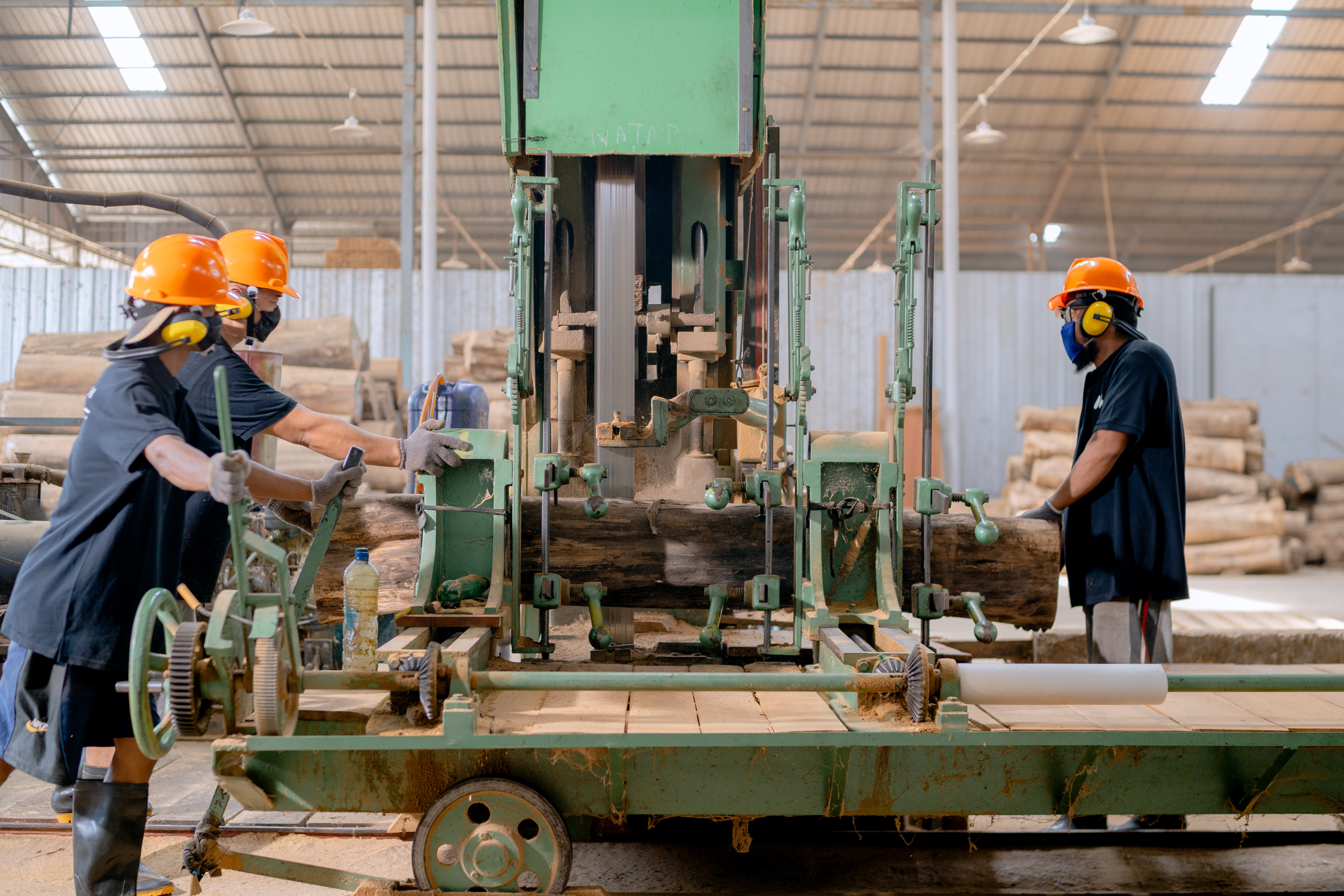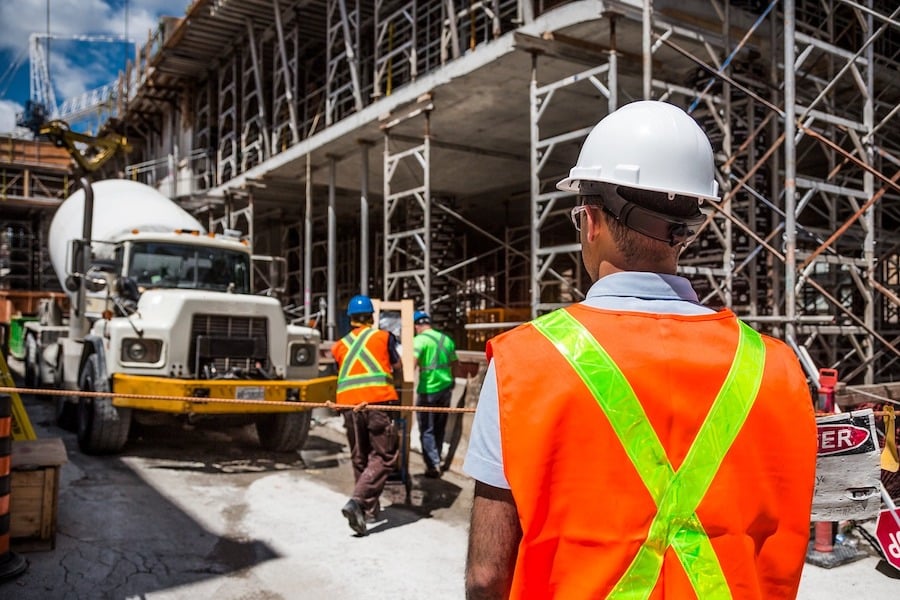Creating a Strong Safety Culture: Tips to Boost Engagement
January 13th, 2021
2 min. read
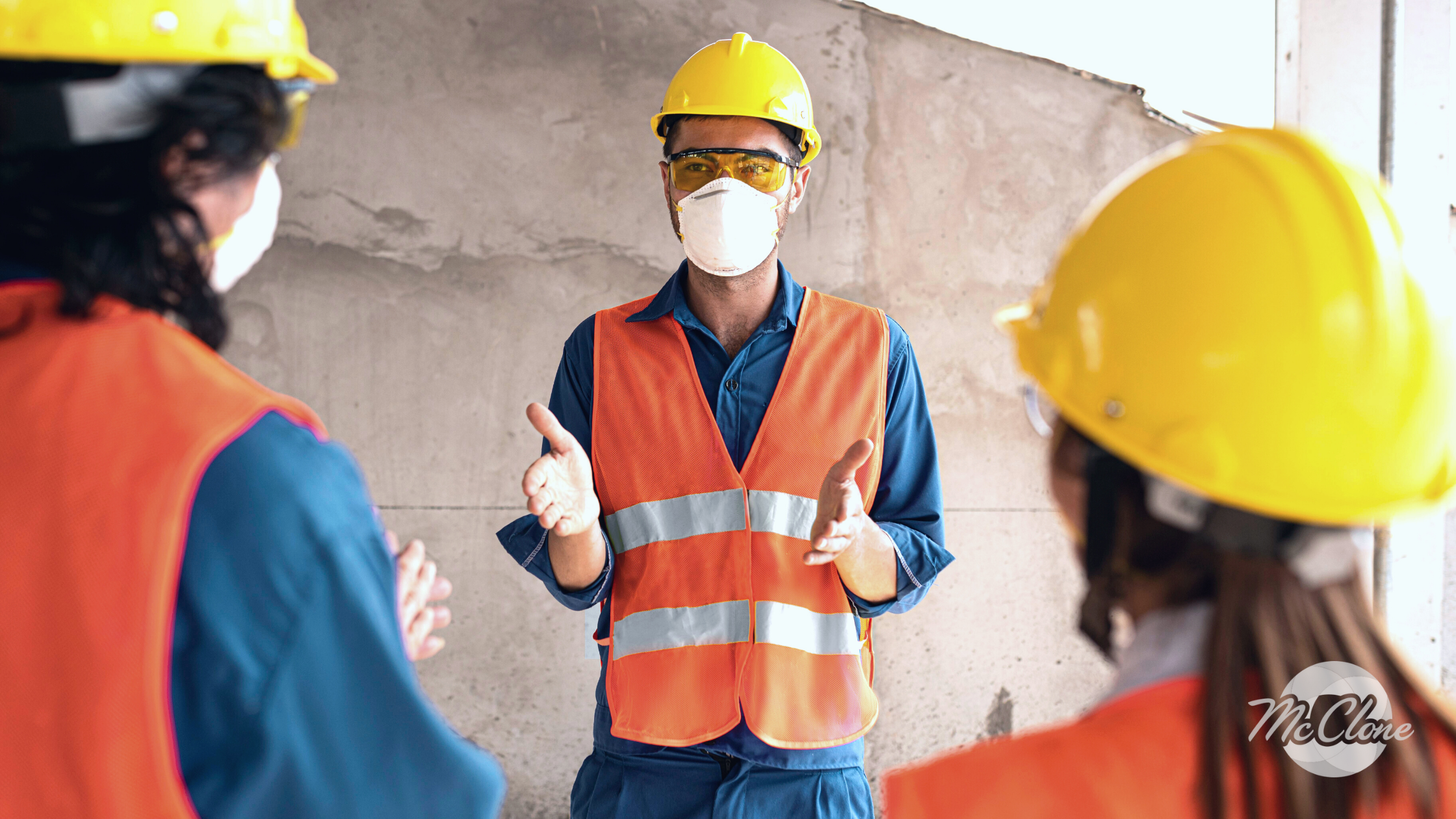
Developing a strong safety culture has the single greatest impact on accident reduction of any workplace practice, according to the Occupational Safety and Health Administration (OSHA). And that sounds good—Strong Safety Culture—three high impact words in a phrase that makes you want to nod in agreement, but what is it exactly? And what does it take to develop it in your workplace?
Understanding Company Culture
A company culture consists of workers’ and leaders’ shared beliefs, practices and mindsets that form an atmosphere of attitudes that shape behavior in a workplace. Culture will develop organically even if you aren’t paying attention to it—which means if you aren’t mindful, it’s possible to end up with negative attitudes in the driver’s seat of your organization’s culture.
A company’s safety culture is a direct reflection of the organization’s overarching culture. As a result, most employees will generate their perceptions of safety (and its relative importance) based on the attitude and actions of their employer.
To have a strong safety culture, it’s important to have an overall workplace culture that fosters positive relationships and outcomes (e.g., respect, integrity, ethics, a shared sense of duty, etc.). To be truly effective, your safety program needs to be layered on these existing cultural principles.
For example, in a company with a low-trust culture, a workplace safety program (regardless of management’s intentions) is often viewed as strict, forced and punitive. Health and safety officers at these organizations are seen as police-like figures who enforce codes and rules, and it seems like their sole duties are to catch workers doing unsafe things so they can punish them.
In these negative cultures, the employees’ fear of being punished and distrust of safety officers makes them leery of proactively identifying potential hazards or reporting near-miss incidents. In worst case scenarios, it can lead to workers hiding incidents and seemingly minor injuries (a nightmare waiting to happen with OSHA and workers’ compensation).
In a successful safety culture, on the other hand, everyone feels equally responsible for safety and pursues it on a daily basis by identifying unsafe conditions and behaviors and intervening to correct them. Coworkers look out for one another and point out unsafe behaviors to each other, and morale is higher because safety officers are not seen as policing employee actions. As a result, the company typically experiences fewer at-risk behaviors, lower accident rates and higher productivity.
Boosting Employee Safety Engagement
With a positive overall workplace culture in place, there are a number of ways you can enhance your safety culture by boosting employee engagement in your safety program. Here are a few tips to take your organization to the next level.
- Align management and supervisors by establishing a shared vision of safety and health goals and how they relate specifically to operations and production goals.
- Demonstrate a commitment to employee health and safety by implementing safe work practices to meet these goals. Train employees that production goals do not outweigh safety goals and unsafe behaviors are not tolerated.
- Implement a process that holds management accountable to be visibly involved in safety, setting the proper example, and leading the way for safety and health.
- Develop safety responsibilities for all levels of the organization and provide safety training at all levels, encouraging employees to watch out for others.
- Create a “buddy system” in which experienced employees are paired with newer workers. The experienced workers can serve as role models for newer workers and can demonstrate safe work procedures.
- Ensure that the organization has a system for reporting near-miss accidents, injuries and the need for first aid.
- Encourage workers to report health and safety concerns and provide multiple paths for employees to bring suggestions, concerns and problems forward.
- Respond to employee concerns in a timely fashion and develop a system to track and report the timeliness of hazard corrections.
Looking for more tools to boost safety engagement?
Make sure your team has the latest tools and technology to build a strong safety culture. Check out our latest whitepaper Modern Workplace: Using Technology to Ensure OSHA Compliance and Manage Safety Programs to learn more.
Kris Travis, Safety Risk Manager.
My name is Kris Travis. I’m originally from the Northwest Chicago suburbs, please don’t hold it against me, and relocated to Oshkosh in 2005. I have 18 years of Safety and Human Resources experience. I am a member of the National Safety Council (NSC), The WI Safety Council and the American Society of Safety Professionals. My years in Wisconsin have been spent working for various companies honing my skills and knowledge in both Human Resources and Safety. I have been employed in a paper mill , warehouse/ distribution company, manufacturing company and most recently served as the Human Resources/ Safety Director for a construction company. Each position added its own unique set of challenges and learnings to get me to my current opportunity with McClone. My experience includes: Conducting Safety Audits/ Inspections, Producing Corrective Action Audit Reports, Design and implementation of Safety Programs, OSHA interactions and recording, Policy development, Accident Investigation, Risk Assessment, and Comprehensive safety training. I hold Certifications in OSHA 10- Construction, OSHA 30-General Industry and EM385. I look forward to working with you.
Topics:



